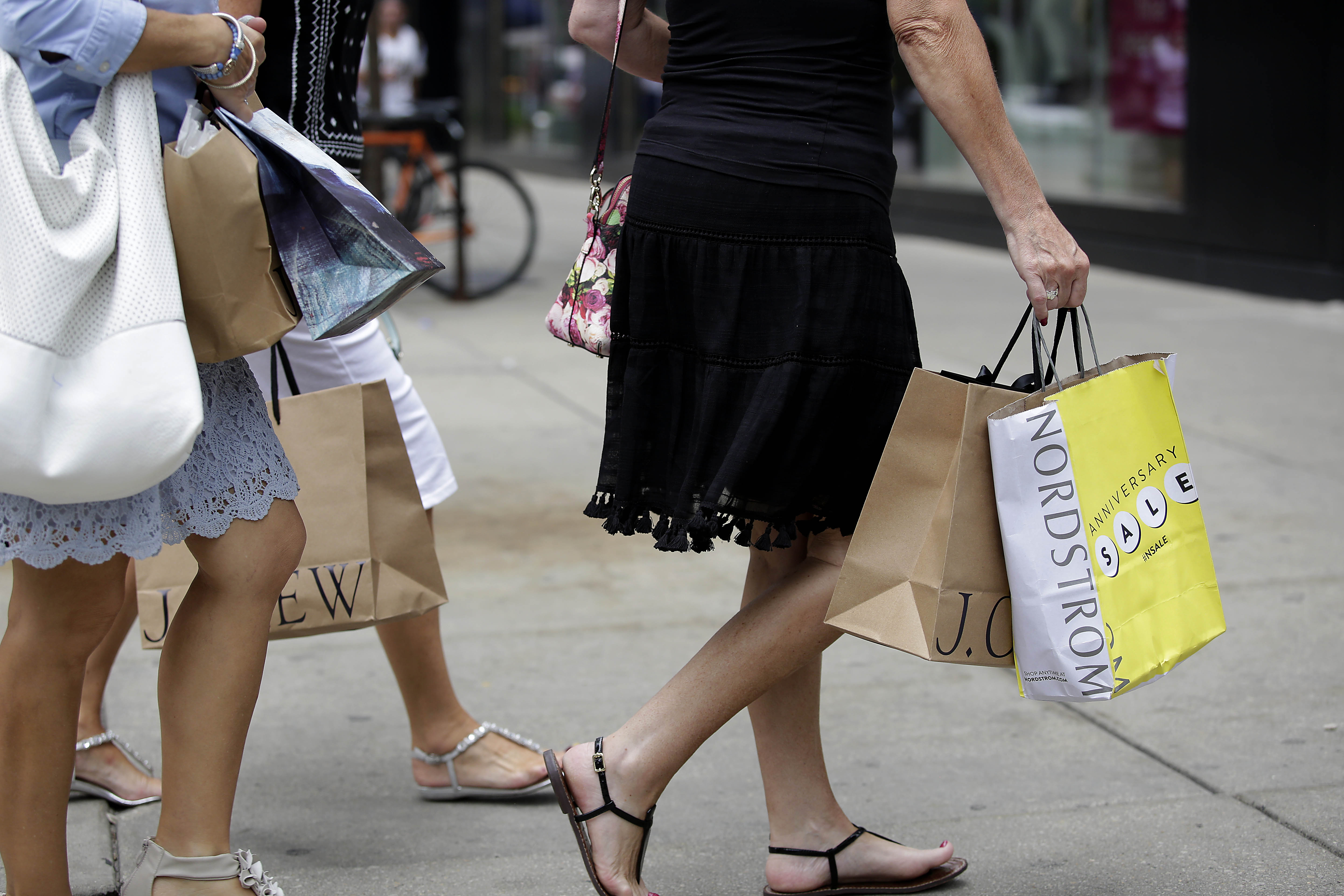US retail spending accelerates in May
Photo: () | ©AFP
Washington (AFP) – US retail spending surged in May, driven by big gains in sales at gasoline stations and of building materials, and a solid increase in auto sales, the Commerce Department reported Thursday.
The latest increase, combined with sales in April that were stronger than initially reported, could help boost economic growth in the second quarter.
Retail and food services sales jumped 0.8 percent last month, the strongest since November and double the rate economists were expecting.
At $502 billion spending was nearly six percent higher than May 2017, according to the report.
Sales at gasoline stations jumped two percent, double the increase in the prior month, amid rising fuel costs, which also have had an impact on recent inflation reports.
Vehicle and auto parts sales accelerated, rising 0.5 percent in the month, while total retail sales excluding autos jumped 0.9 percent, also far higher than economists expected.
While traditional retail stores are a dwindling part of the US economy, the data remain a key indicator of economic health of consumers.
“The Q2 rebound in consumption is well underway, and may be even stronger-than-expected,” Mickey Levy of Berenberg Capital Markets said in a research note.
Levy said the signs of strength mean his four percent growth forecast for the April-June quarter could be too low.
Even with broad strength in retail spending, many economists think that pace of GDP growth is unlikely to be sustained. However, it still plays into the Federal Reserve’s signal it will be a bit more aggressive about raising interest rates to head off inflation.
The Fed on Wednesday raised the benchmark lending rate for the second time this year, and indicated two more interest rate hikes are coming this year with another four in 2019.
Fed chair Jerome Powell said “the US economy is in great shape” and the gradual increase in rates won’t derail that expansion.
Sales at building material and garden stores jumped 2.4 percent in May, while department stores posted a 1.5 percent increase, and clothing rose 1.3 percent.
Food services outlets also saw a 1.3 percent rise.
But furniture declined 2.4 percent and sporting goods stores fell 1.1 percent.
Non-store retailers slowed in the month, edging up just 0.1 percent but are more than nine percent higher than the same month of last year.
Disclaimer: This story has not been edited by Siliconeer and is published from a syndicated feed. Siliconeer does not assume any liability for the above story. Validity of the above story is for 7 Days from original date of publishing. Content copyright AFP.


